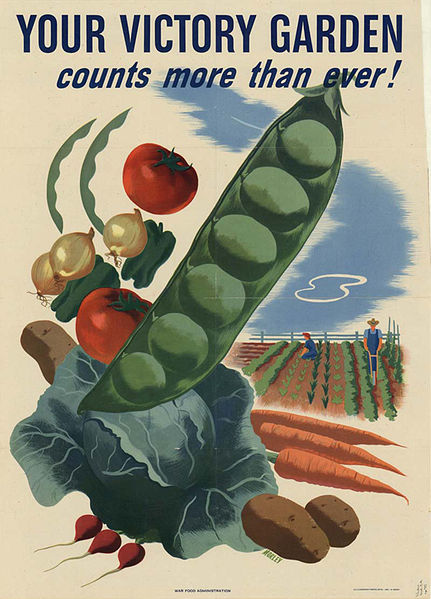
Morley, Hubert. "Your Victory Garden Counts More Than Ever!".
During WWII as part of the war effort, the govermemnt rationed foods like sugar, butter, milk, cheese, eggs, coffee, meat and cannded goods. Labor and transportation shortages made it hard to harest and move fruit and vegitables to market. The goverment turned to it's citizens and encouraged them to plant "Victory Gardens."
St. Charles residnet and well known philantropist Lester Norris was the National Chairman for the Victory Garden Program and helped spread the word on the imporatance and ease of planting a Victory Garden.
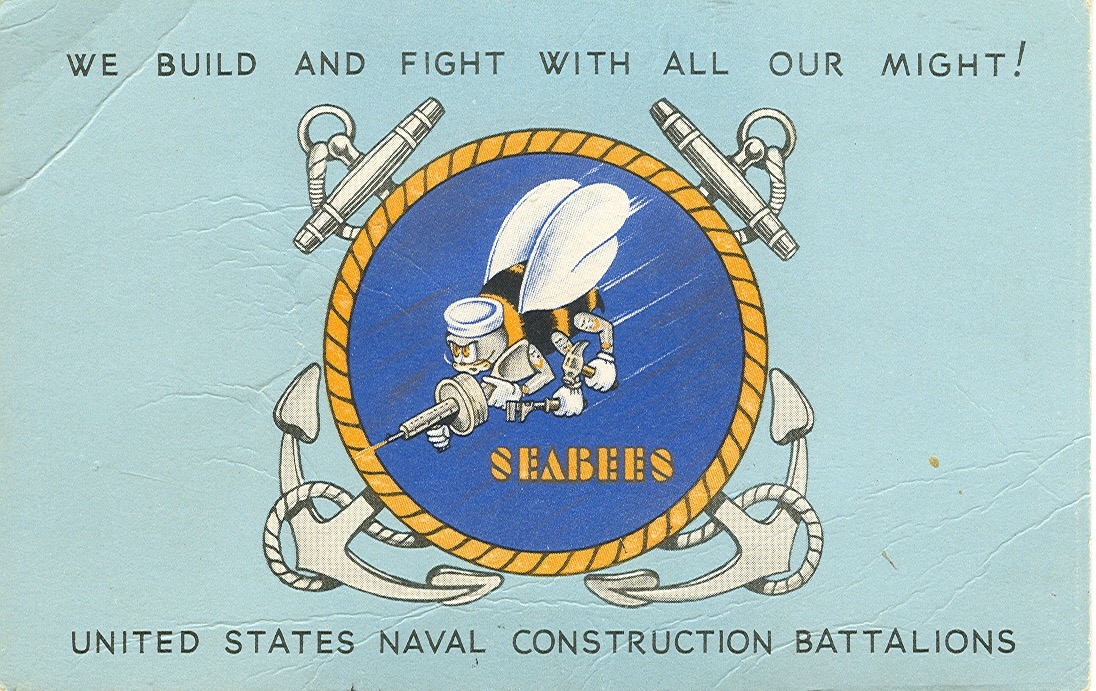
Postcard, "Seabees We Build and Fight With All Our Might! US Naval Construction Battalions" c. 1943
Men from construction trades were recrutied for the Seabees beginning in January of 1942. After three weeks' training which included light arms at Camp Allen in Norfolk. Seabees put their talents to use in the urgant need for naval construction.
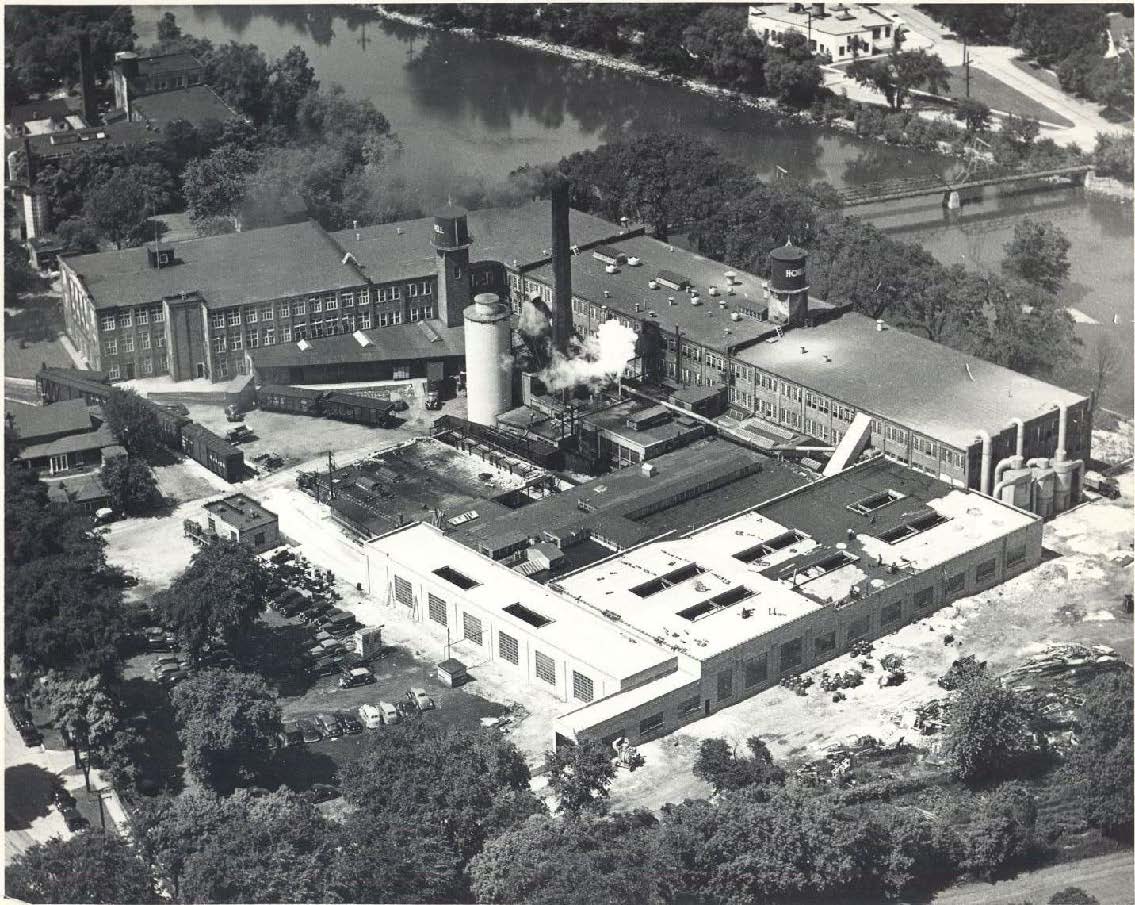
Aerial View of Howell Company
The W.H. Howell Foundry, started in 1867 in Geneva, IL was a manufacture of cast iron products. In 1923, the company converted production to metal furniture.
When the United States enter WWII, the Howell Company Switched over to wartime production and manufactured airplane wings, fuselages, artillery shells, bomb and shell casing and stainless steel mess trays for the Navy.
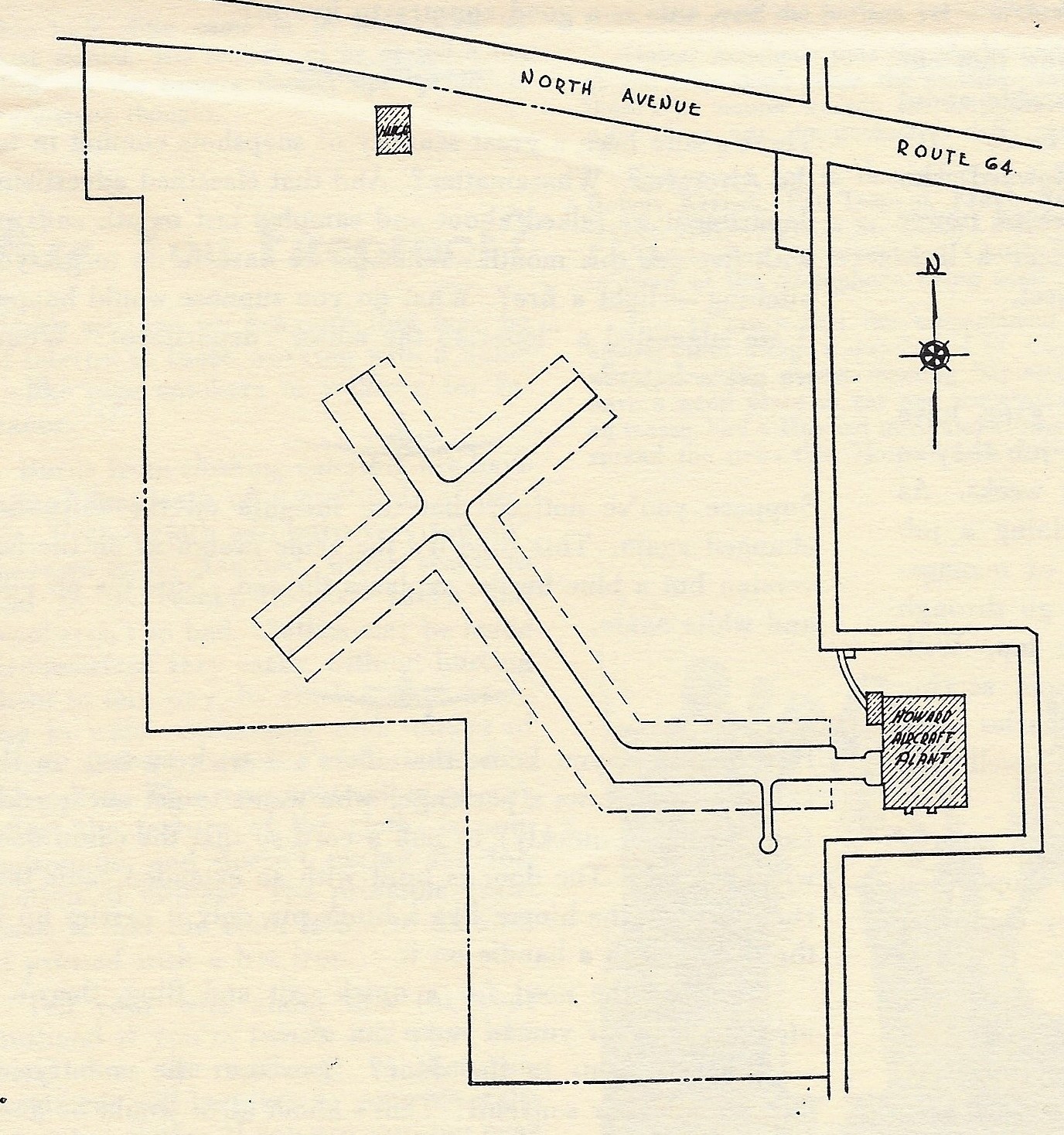
Howard Airport Landing Strip
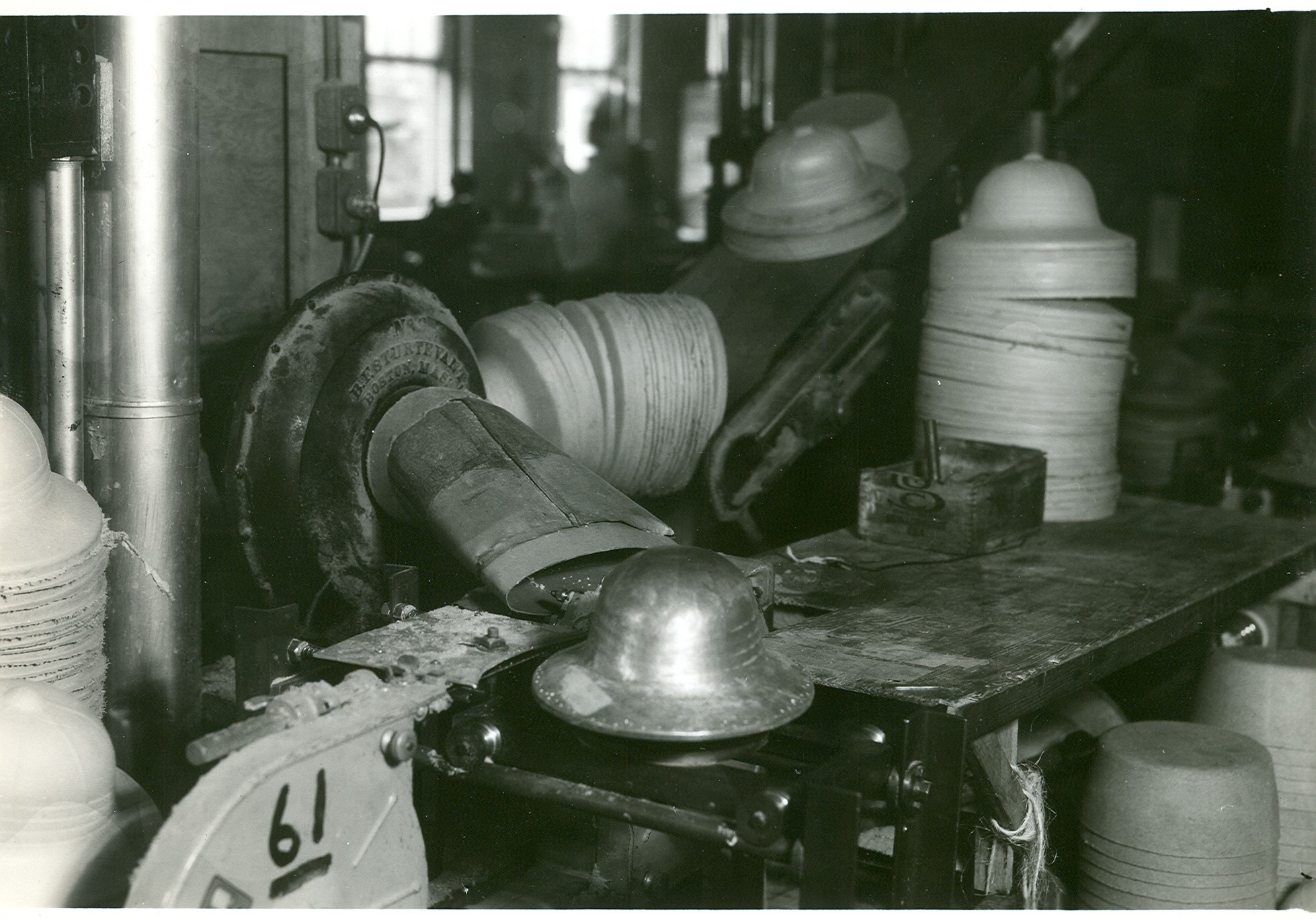
Assembly Line for Pith Helmets
Hawley Products Company manufactured the original M1 liner for helmets in partnership with the McCord Radiator and Manufacturing Company of Detroit and the Quartermaster Corps,. The M1 liner was made or the shell helmet shells used by US troops in WWII.
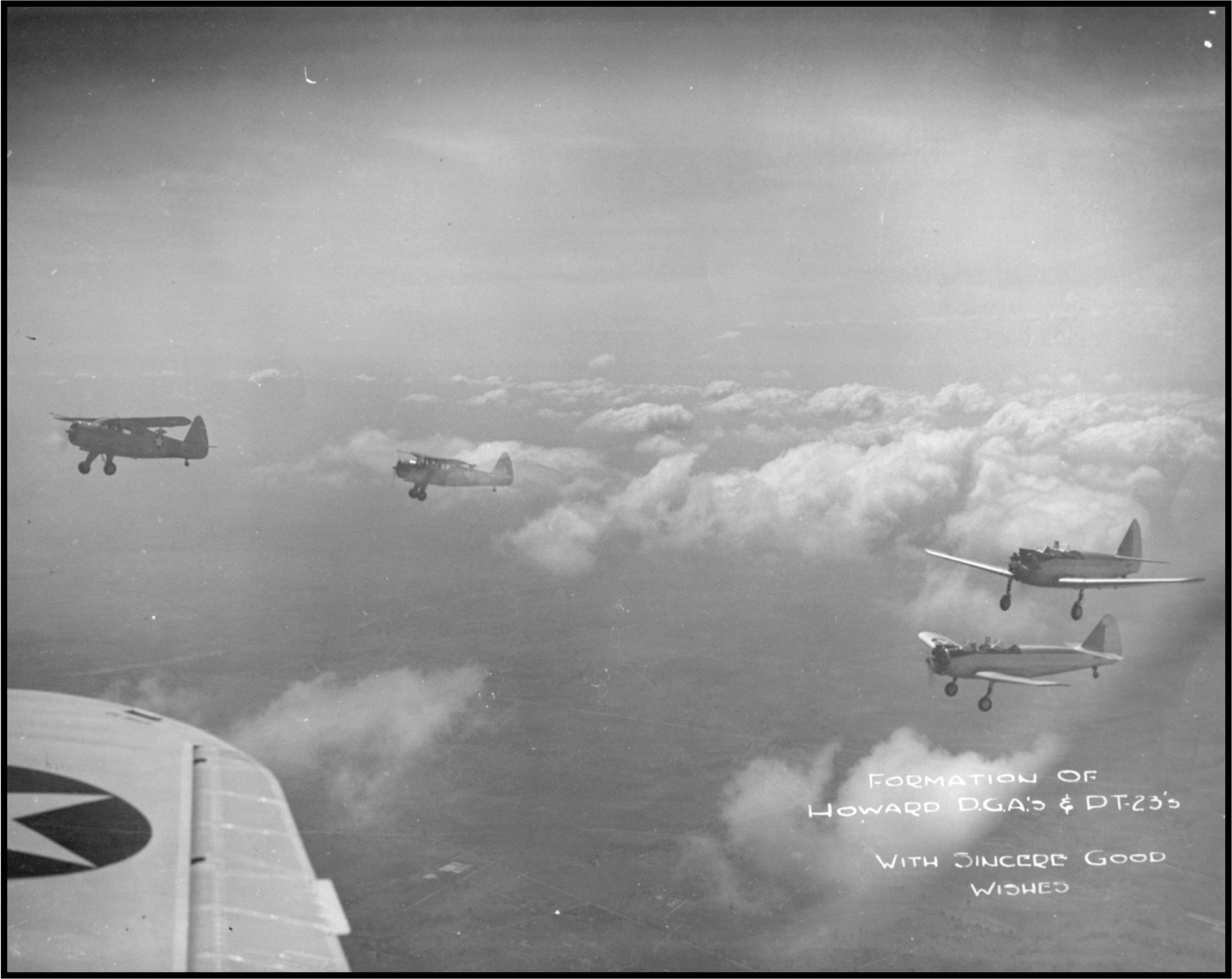
Howard Aircraft
The onset of World War II signaled the end of the civil Howard aircraft liners. The U.S. Navy procured about 525 modified DGA-15s for use as the GH-2 Nightingale air ambulance, the GH-1 and GH-3 utility transport, and the NH-1 instrument trainer aircraft.
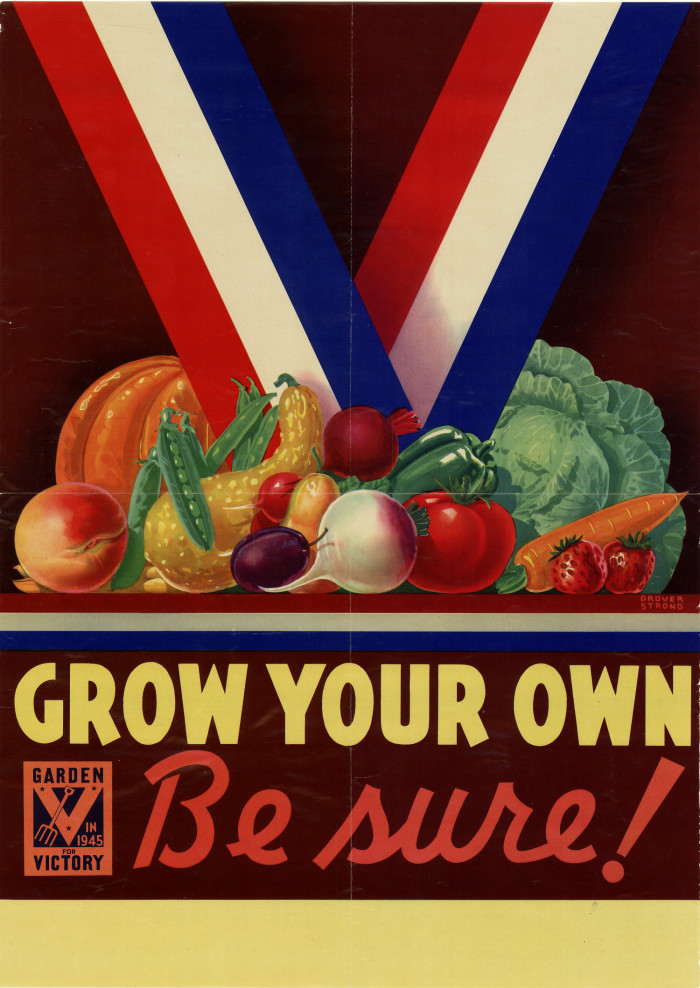
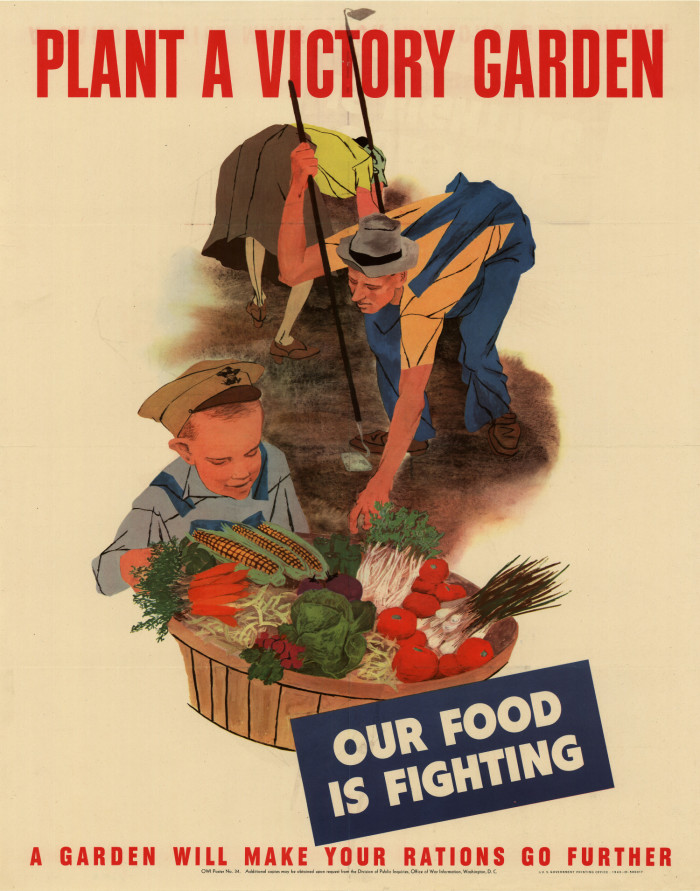
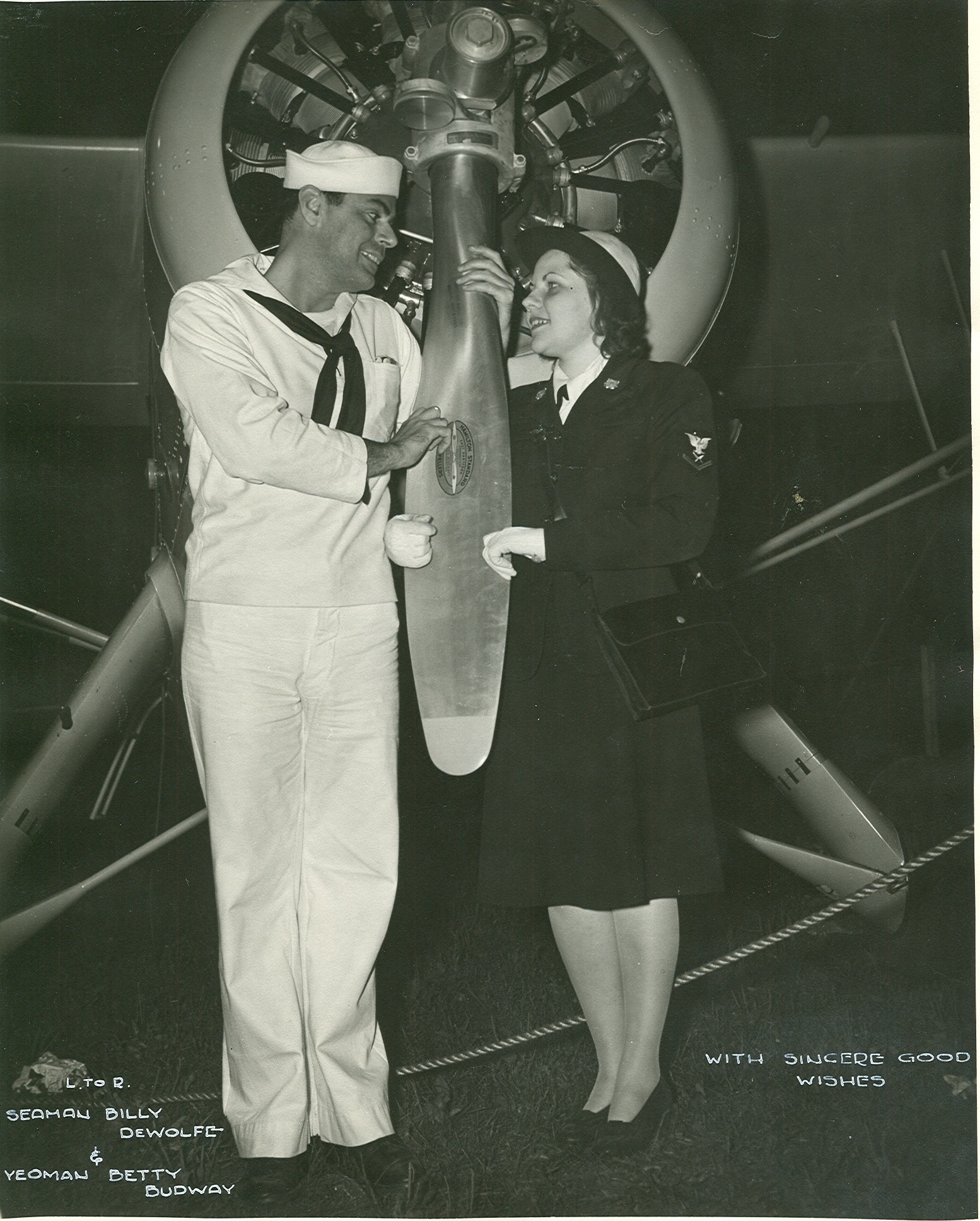
St. Charles WWII Veterans
Left to Right: Seaman Billy Dewolfe and Yeoman Betty Budway.
Veterns
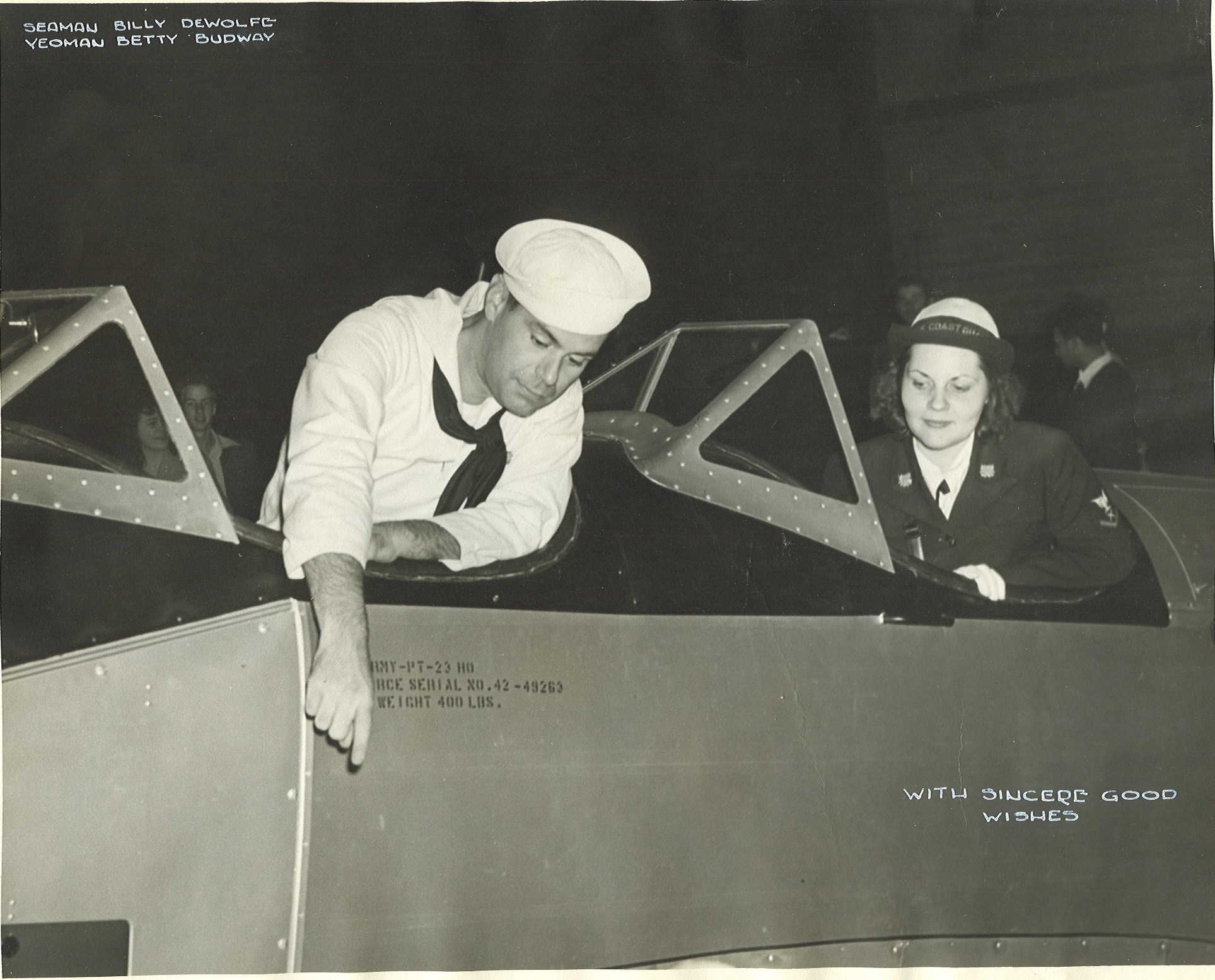
St. Charles WWII Veterans
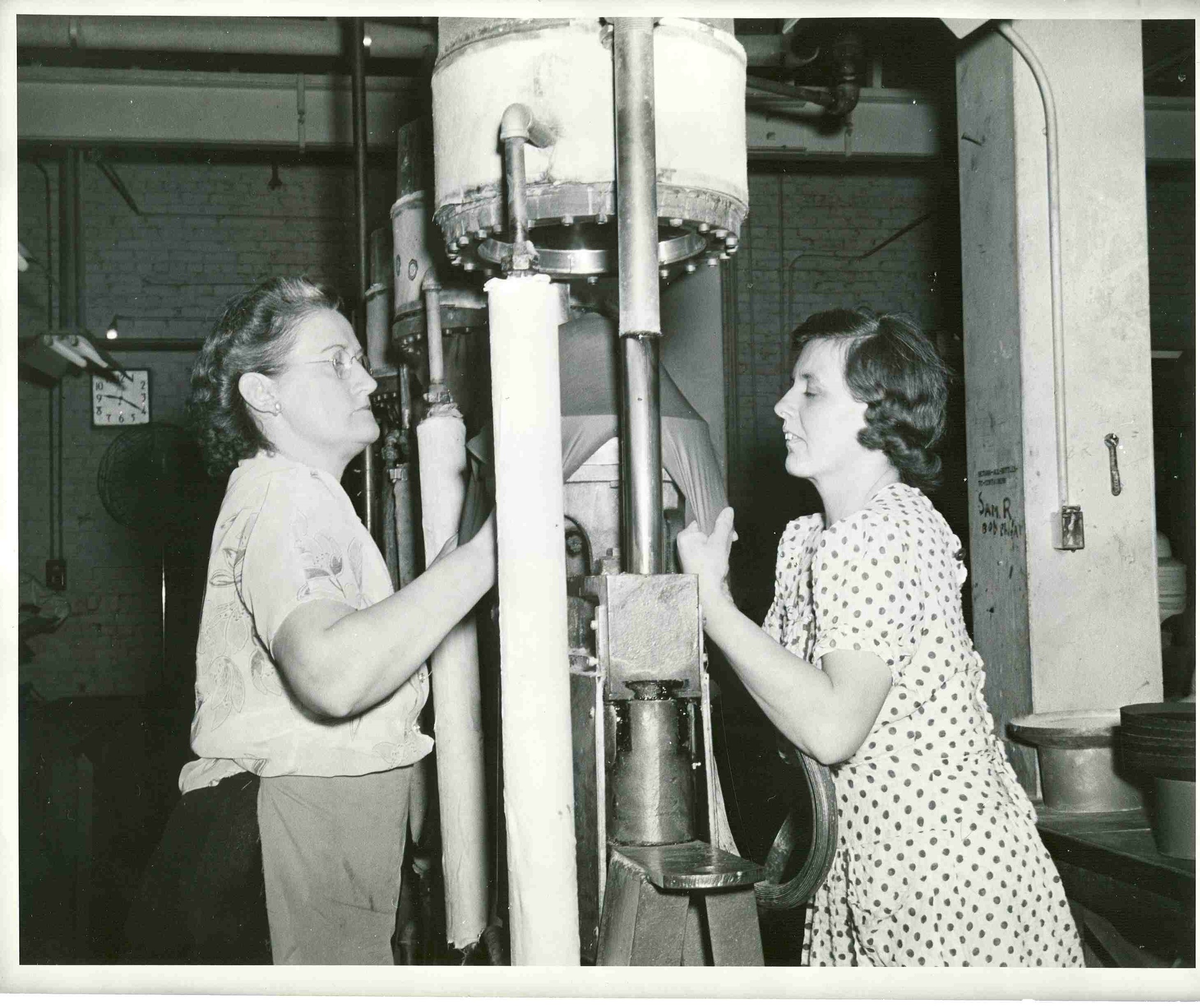
Female Workers stretching Fabric for M1 Liners & Pith Helmets
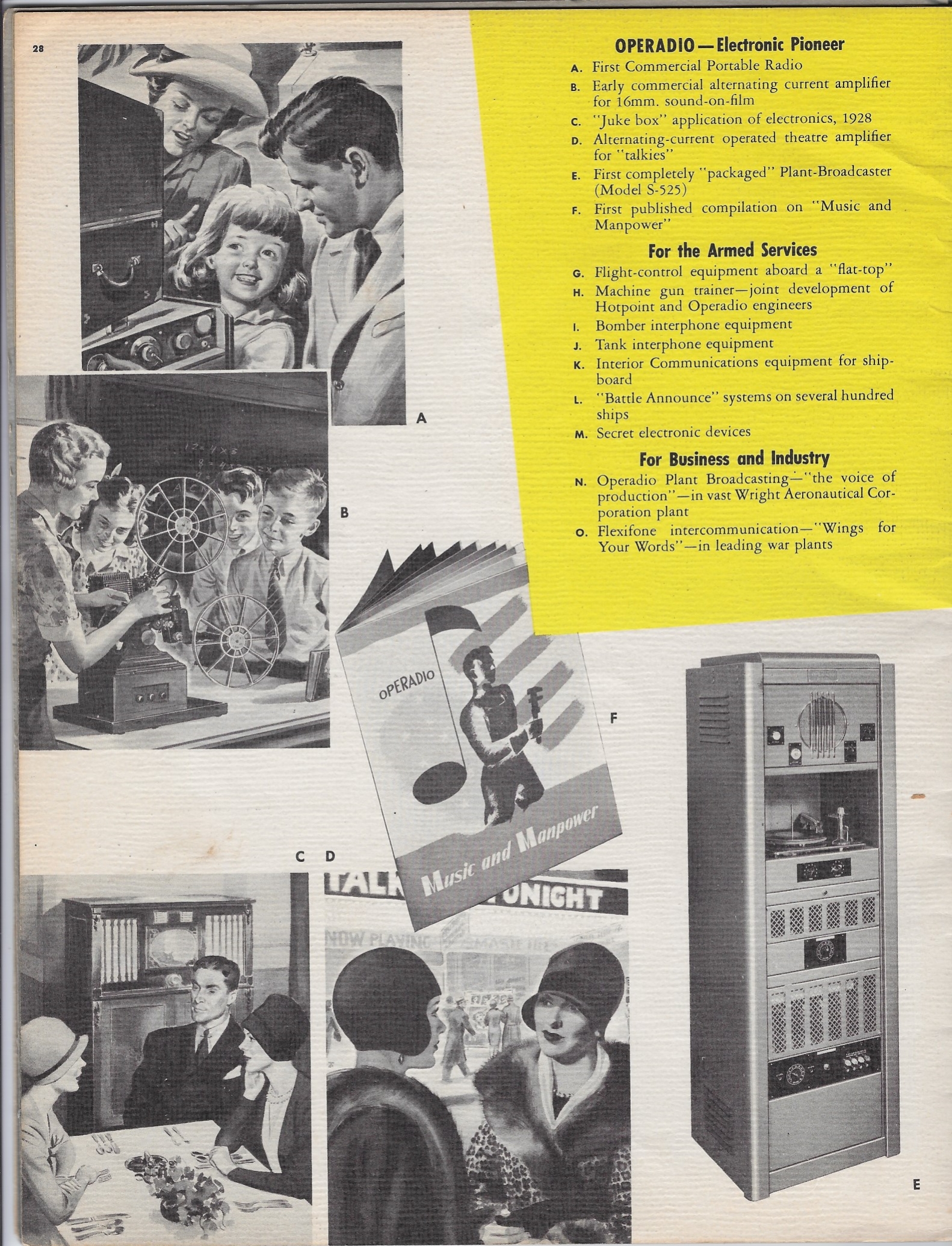
Operadio Advertisement
Credited for building the first portable wireless radio in 1909 and the first clock radio, founder of Operadio, J. McWilliams Stone pioneered the way for wireless electronics.
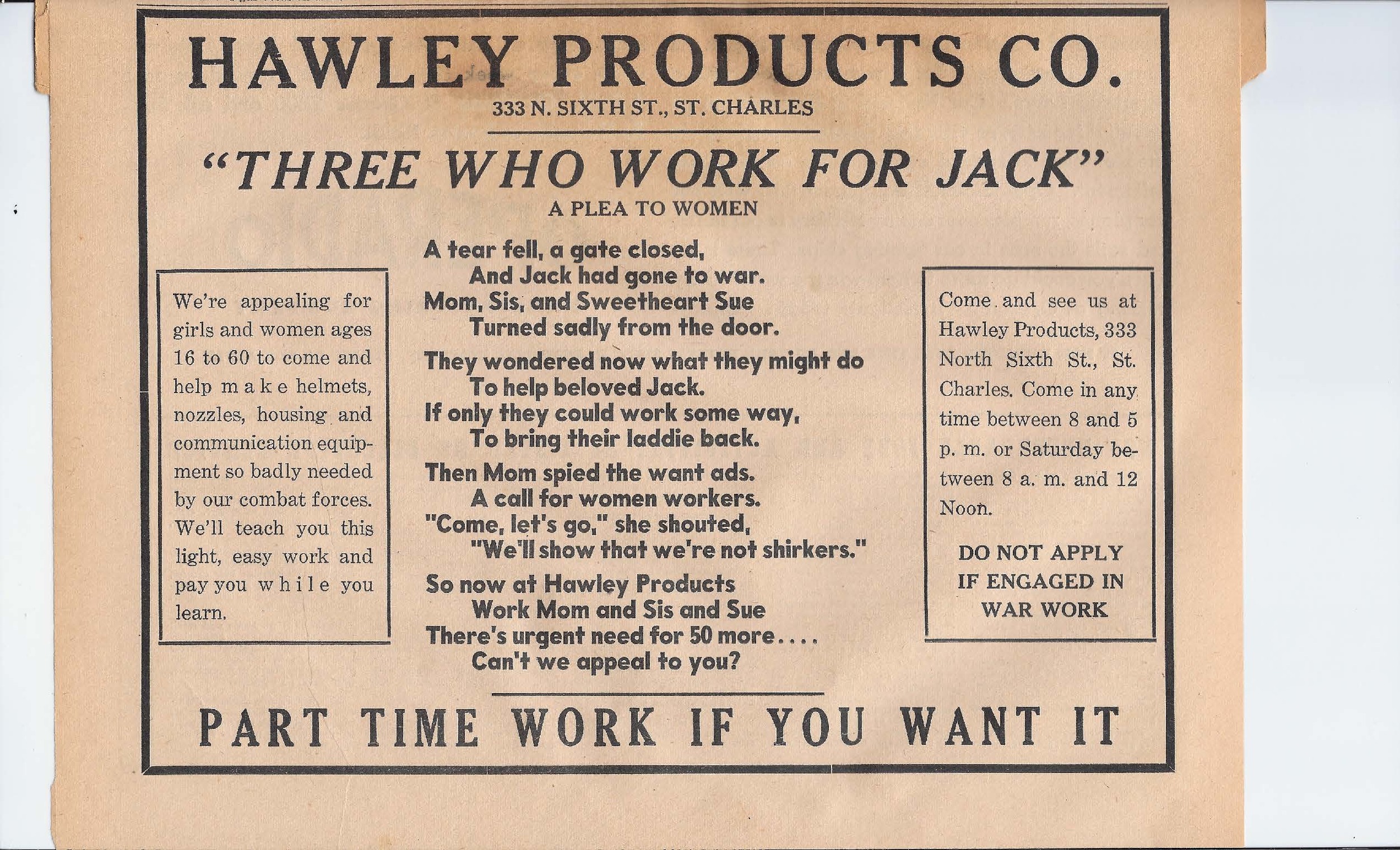
Hawley Products Co. Advertisment

Operadio Manufacturing Company General Office Staff. August 4, 1938. St. Charles, Illinois.
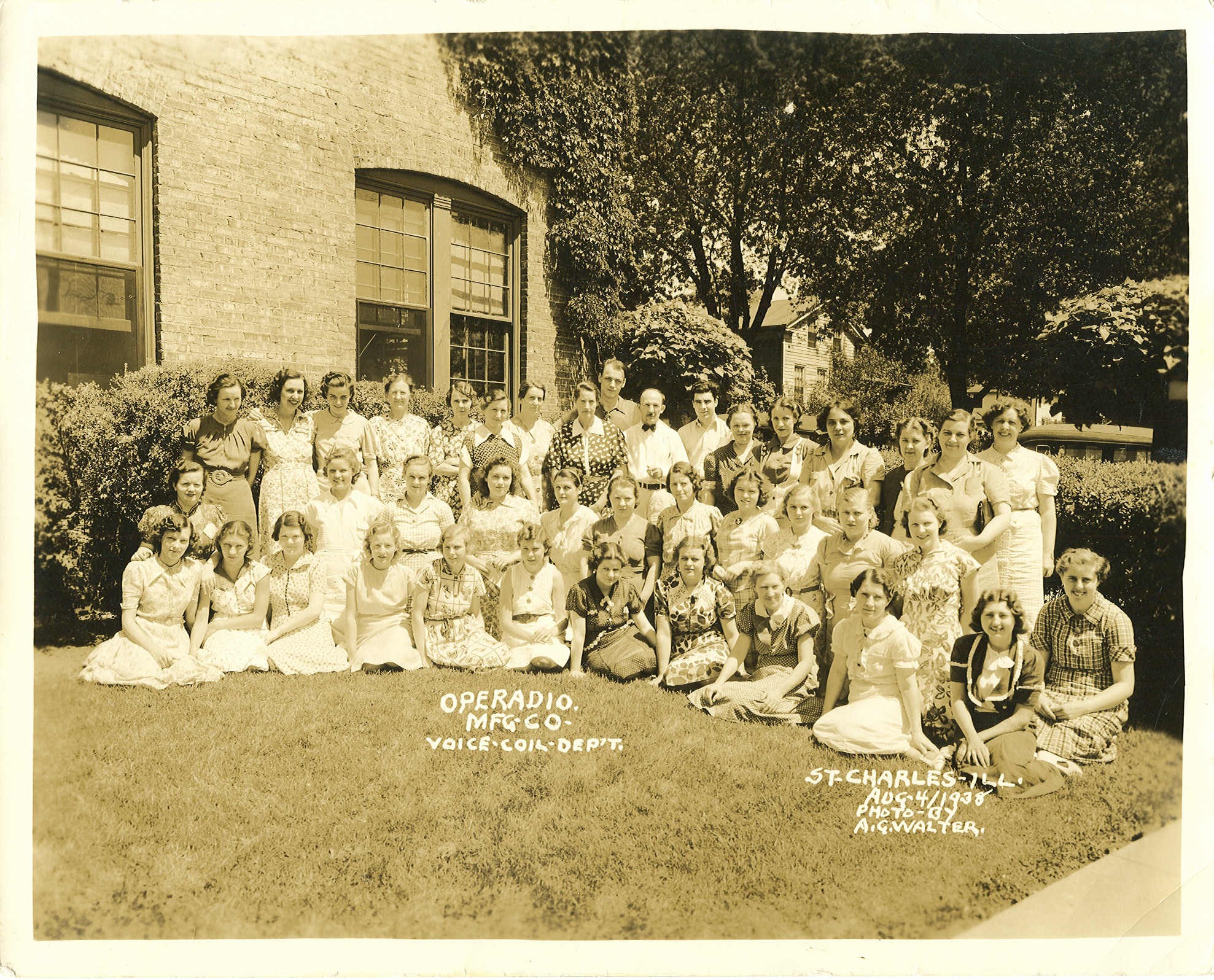
Voice Coil Department of Operadio Manufacturing Company. August 4, 1938. St. Charles, Illinois.
With approach of World War II, European countries sought Operadio’s skills after the attack on Pearl Harbor. Operadio’s plant produced paging systems from defense plants to warships. St. Charles citizens eventually became familiar with the realistic battlefield sound effects which echoed from inside the factory as engineers set of scores of firecrackers to stimulate blast effects on the military equipment.
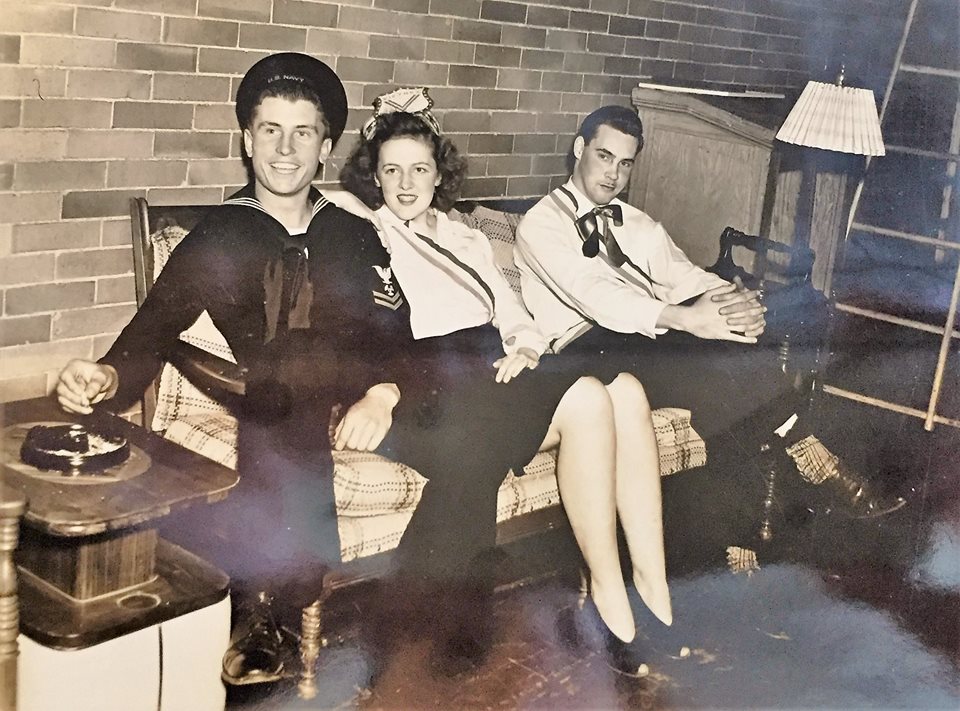
Operadio Victory Show at the Arcada Theatre, c.1941
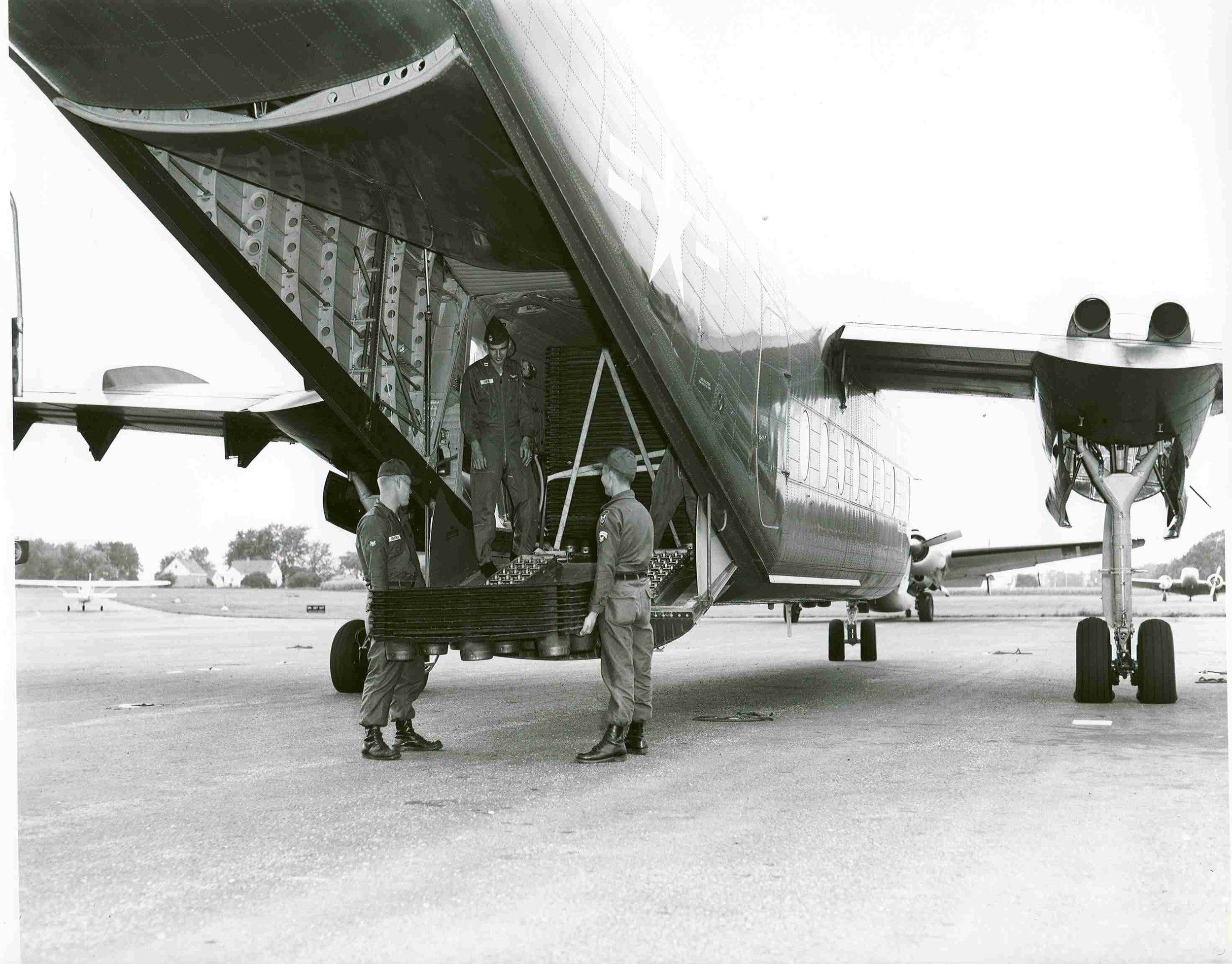
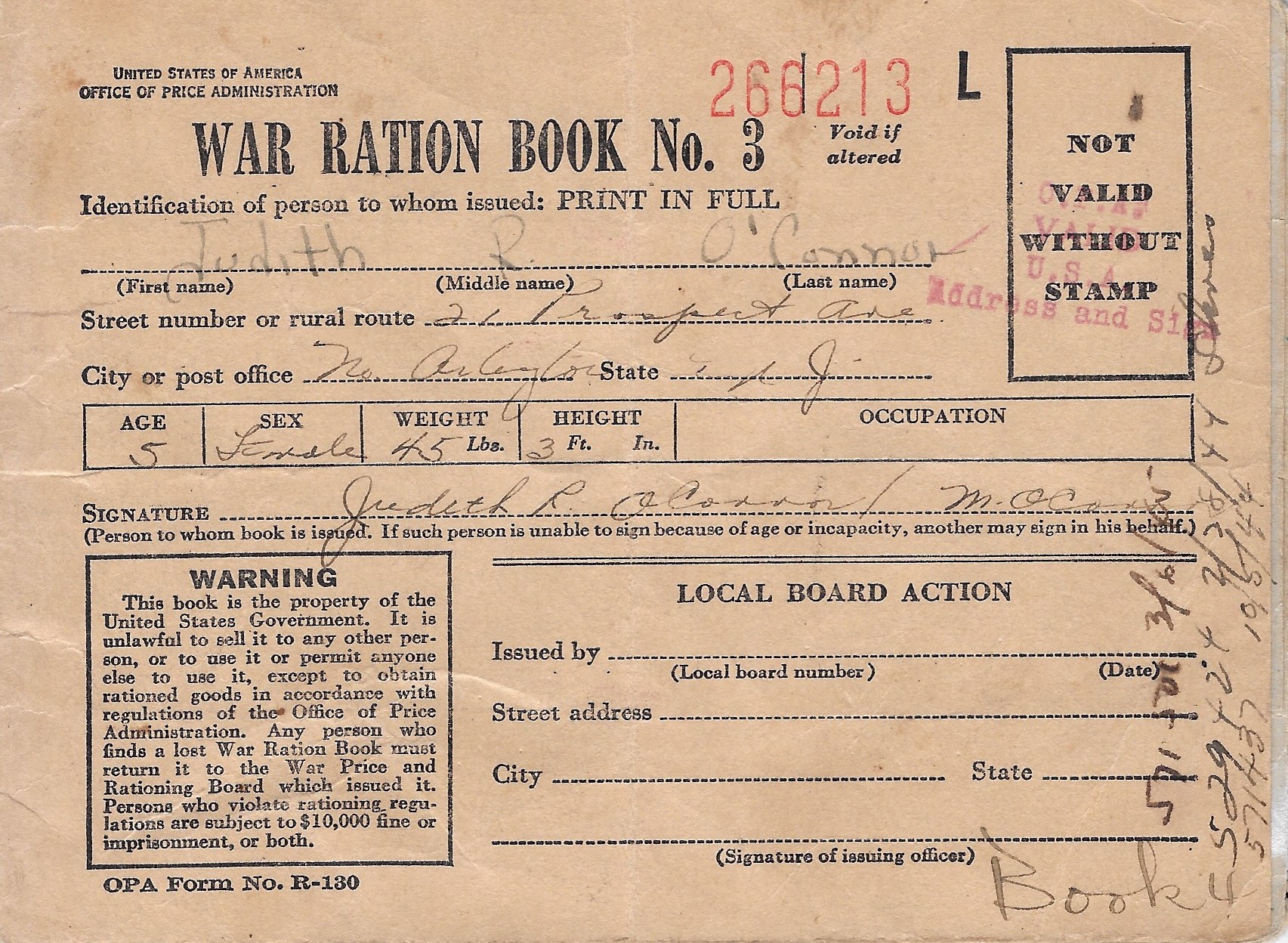
War Ration Booklet
Because of these shortages, the U.S. government’s Office of Price Administration established a system of rationing that would more fairly distribute foods that were in short supply. Every American was issued a series of ration books during the war. The ration books contained removable stamps good for certain rationed items, like sugar, meat, cooking oil, and canned goods.
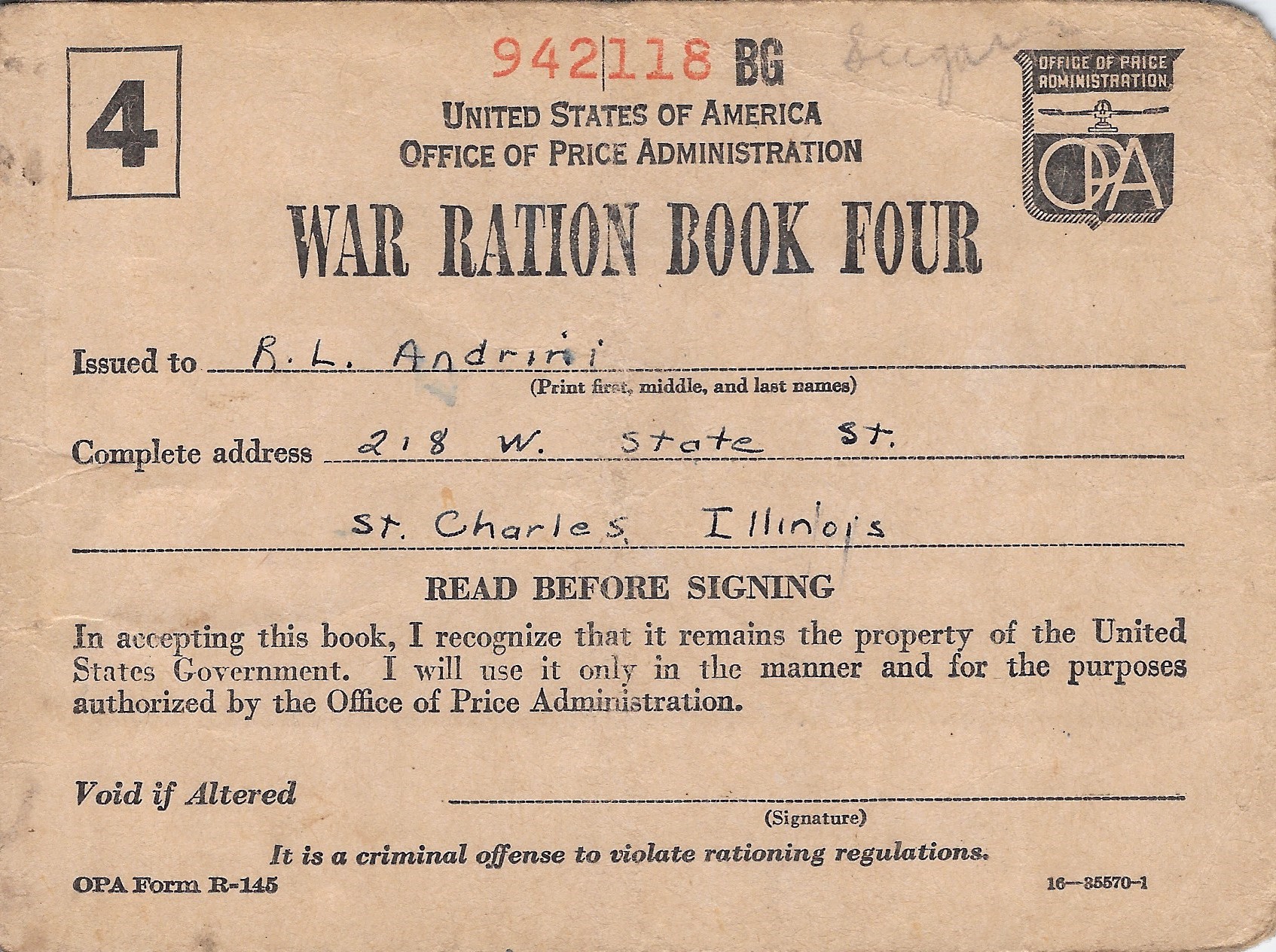
War Ration Booklet
Food was in short supply for a variety of reasons: much of the processed and canned foods was reserved for shipping overseas to our military and our Allies; transportation of fresh foods was limited due to gasoline and tire rationing and the priority of transporting soldiers and war supplies instead of food; imported foods, like coffee and sugar, was limited due to restrictions on importing.
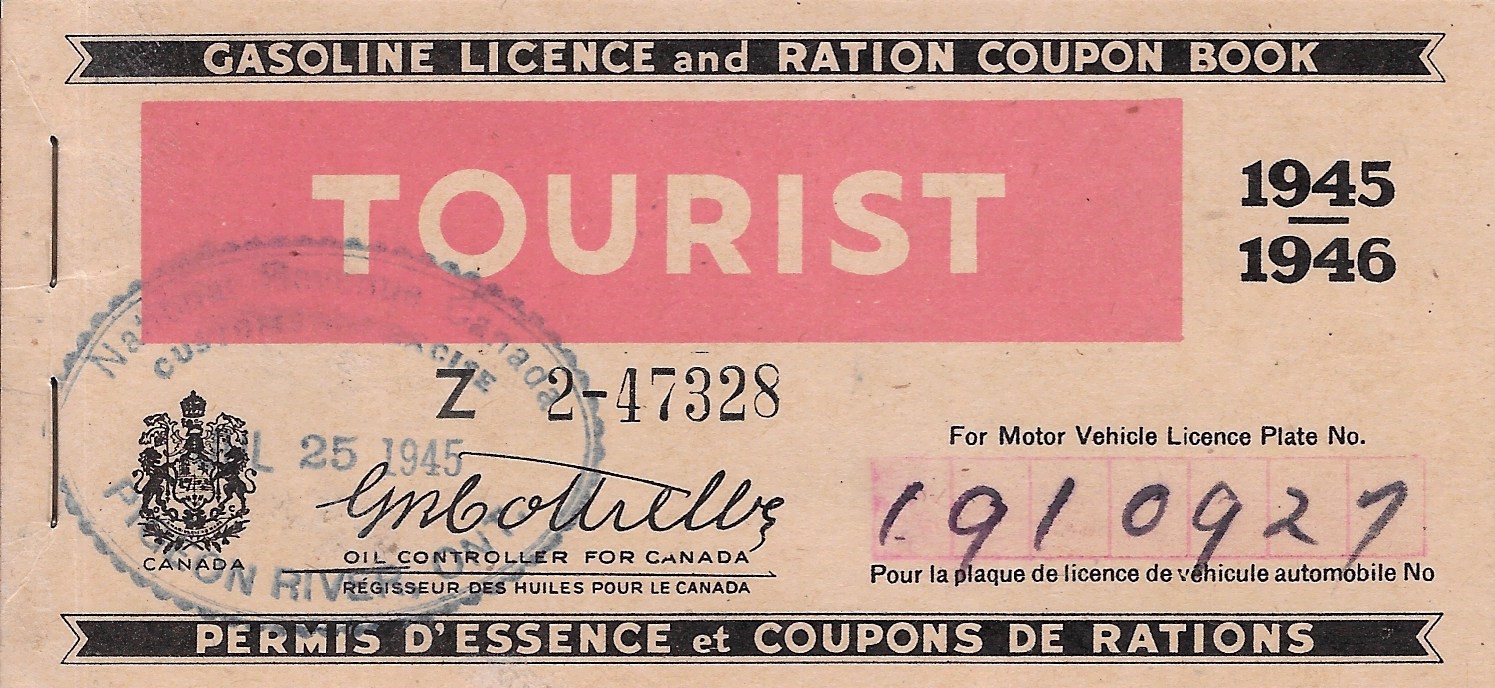
Tourist Ration Booklet
Temporary ration cards were issued to members of the armed forces on leave or visitors to Canada, such as tourists. The coupons had the same value as those in standard ration books but had no expiry date.
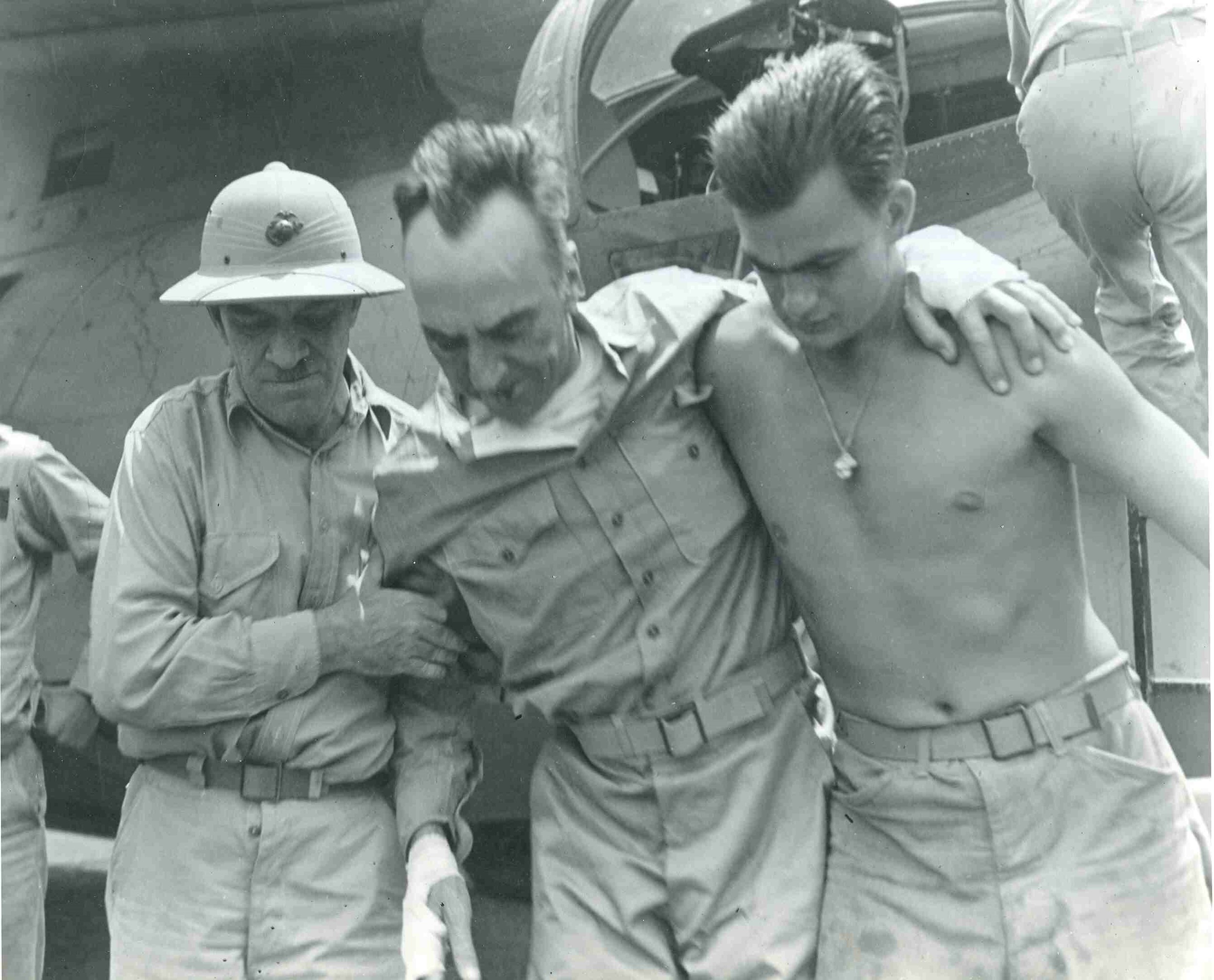
Photograph of Hawley pith helmet on solider during a rescue mission.
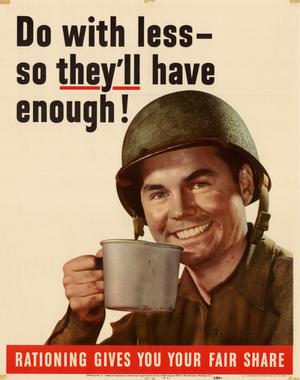
Office of War Information Poster, "Do With Less so They'll Have Enough."
Photographic design played an important role in the production of many WWII posters. To encourage rationing on the home front, this cheery and friendly 'GI Joe' drinking coffee appeals to families with boys overseas. This poster is an example of the creative uses for photography during the war.
The man in the photo is Thomas J. Murray, who died on October 16, 2002 at the age of 87 and was buried with military honors. According to his obituary, which appeared in the Albany Times Union, October 18, 2002, Murray served as the face for rationing from 1943-1945 through this poster. Murray's portrayal of "GI Joe in the foxhole" contributed to the home front battle of rationing and helped gain support for the war effort.
During the last three years of WWII, Americans needed ration stamps to purchase products such as meat, cheese, canned goods, sugar, butter, shoes and gasoline. A typical allocation of sugar was 12 ounces per week. Auto validation stamps permitted three gallons of gas a week. One pair of shoes a year was the norm between February 1943 and October 1945. This poster became so popular that the war office reprinted a larger version with a slightly different headline.

Official U.S. Treasury Poster, Hewitt. "They're fighting harder than ever : are you buying more war bonds than ever?".
In 1942, after the United States' entry into World War II following the attack on Pearl Harbor in December 1941, the federal government through its many agencies started producing and distributing informational materials to attract and encourage public support for the money, material resources, labor, and personal sacrifices needed to mount a successful war effort.
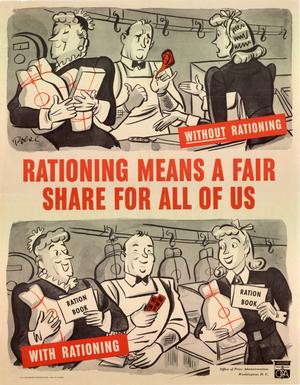
Advertisement Poster, "Rationing Means a Fair Share for All of Us", c.1943-44.
World War II-era government poster reminds Americans that “rationing means a fair share for all of us.” In the top cartoon (”without rationing”), a woman walks away from a helpless-looking grocer with arms full of bags of food while a second woman gestures in frustration. In the bottom cartoon (”with rationing”), both women carry a ration book and the same amount of food.
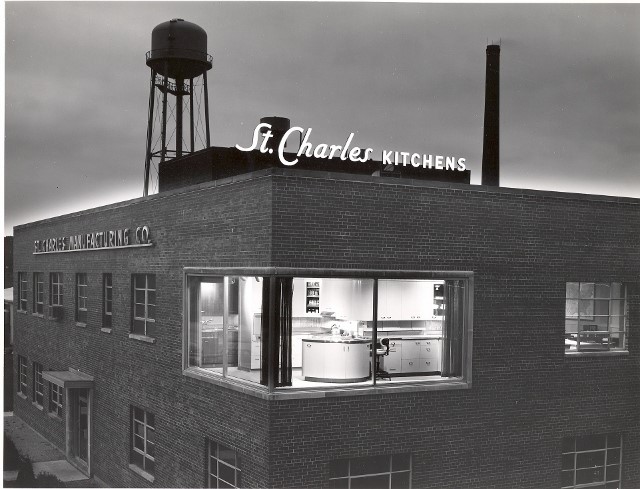
Tyler Road Plant built in 1952
Organized in 1935, the St. Charles Manufacturing Company began operations in custom kitchen design. The company’s steel furniture became a trademarked brand. Recognized as a leader in custom kitchens and production, the St. Charles Manufacturing Company was selected by Frank Lloyd Wright and would go on to feature St. Charles cabinets in Wright’s Falling Water residence in Pennsylvania.
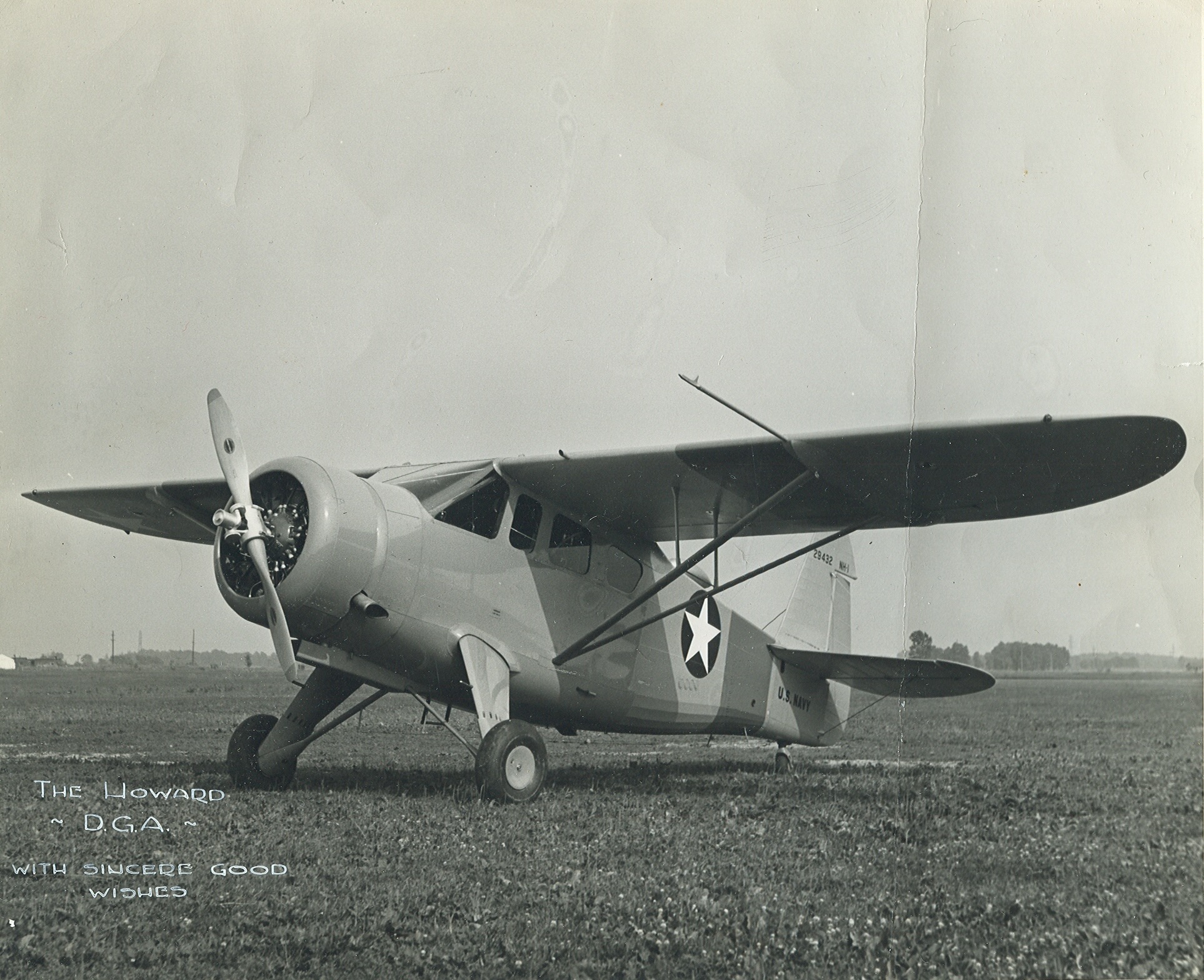
The Howard DGA Plane
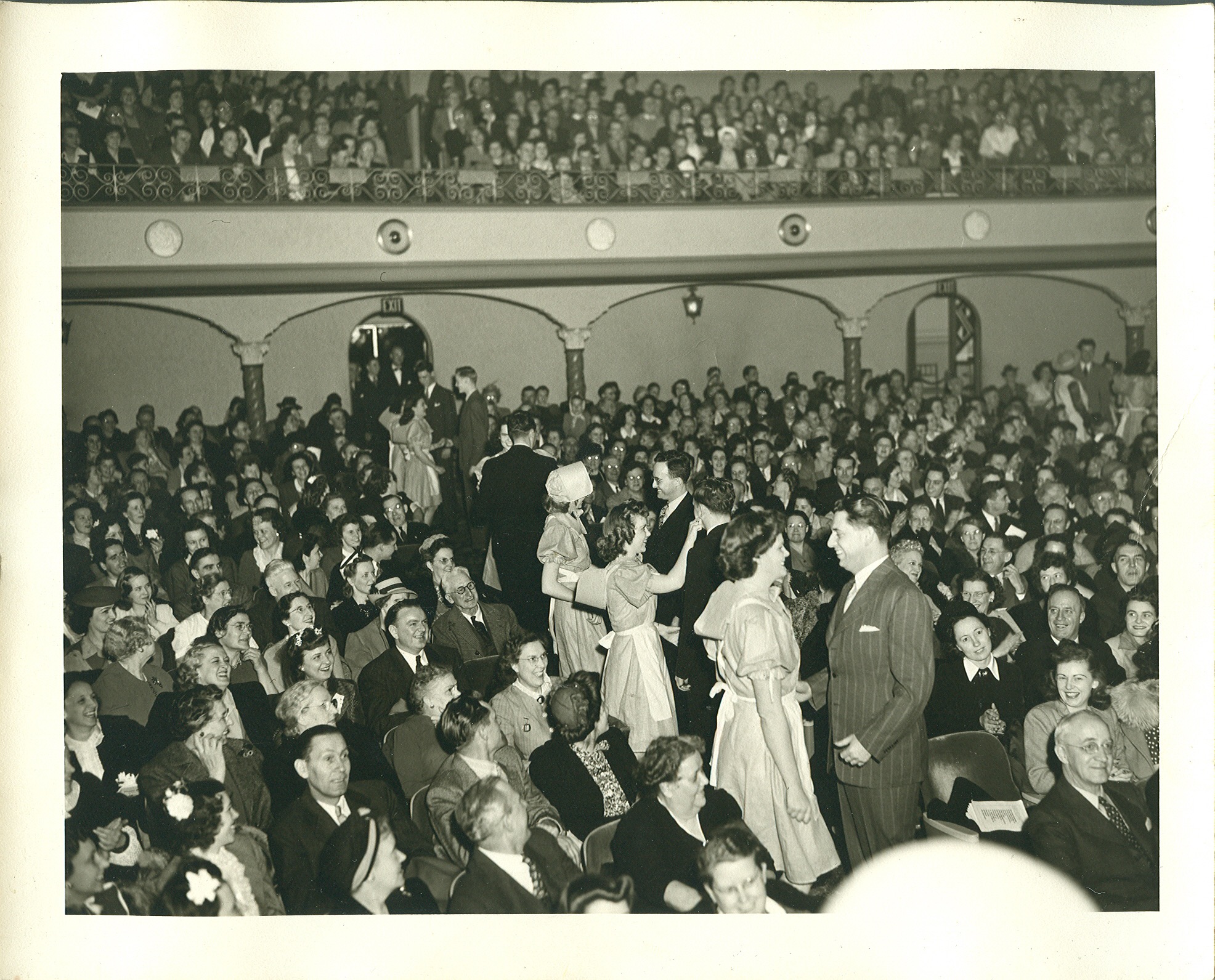
St. Charles Residents Supporting the Troops at Operadio Victory Show at the Arcada Theatre, c.1941
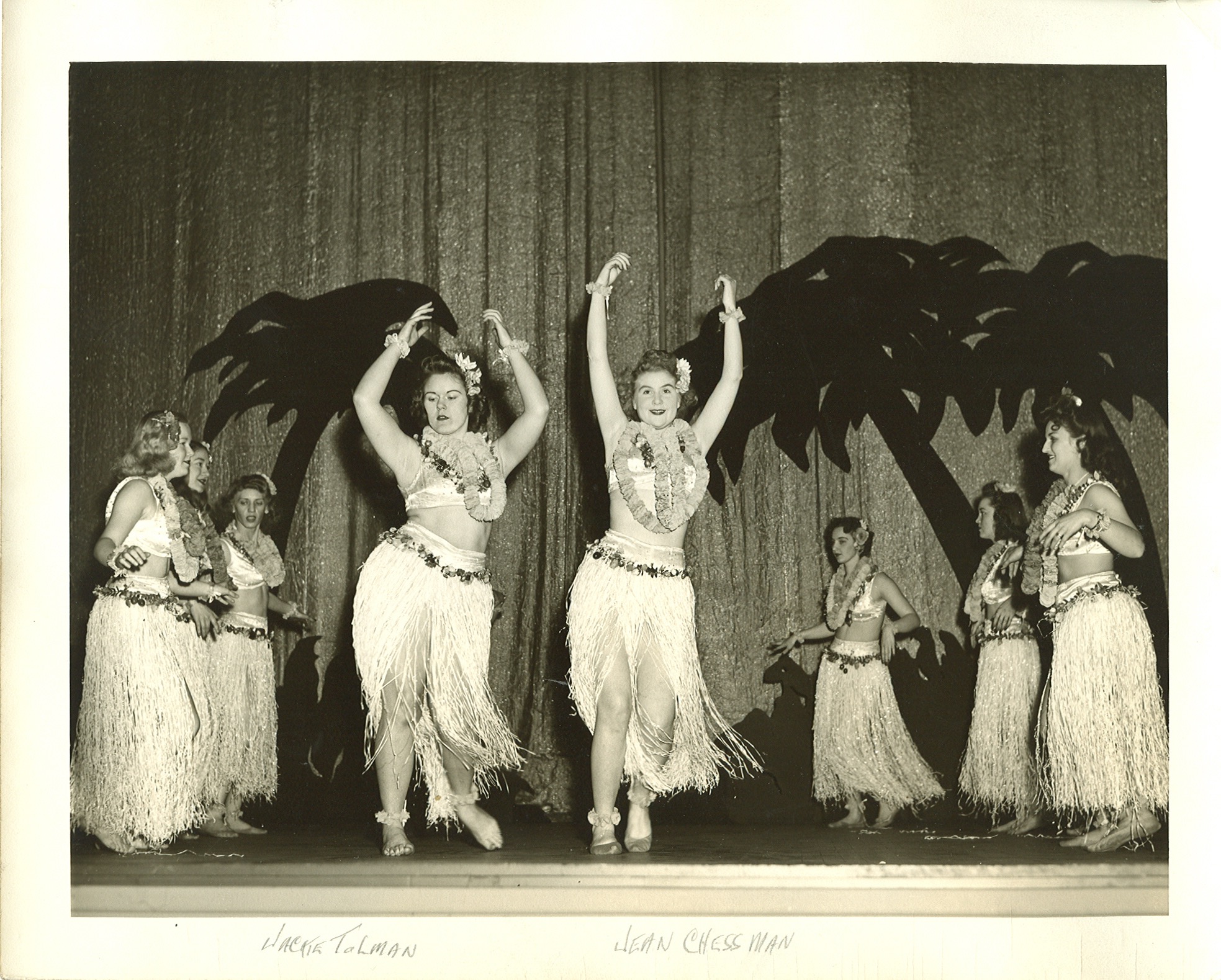
Operadio Victory Show Performance, Hula Girls, at the Arcada Theatre

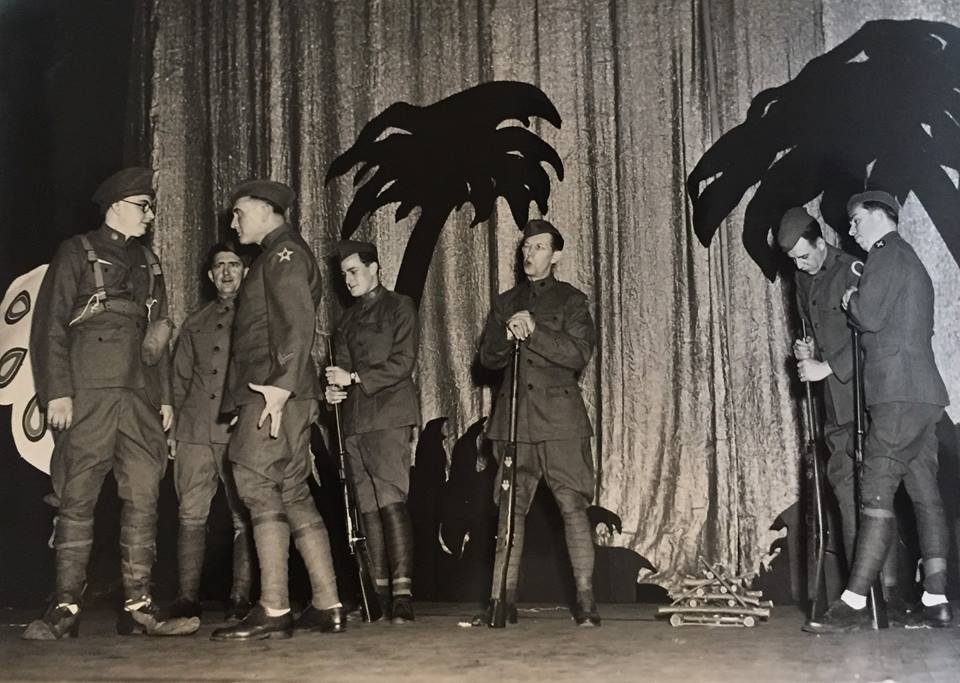
Operadio Victory Show
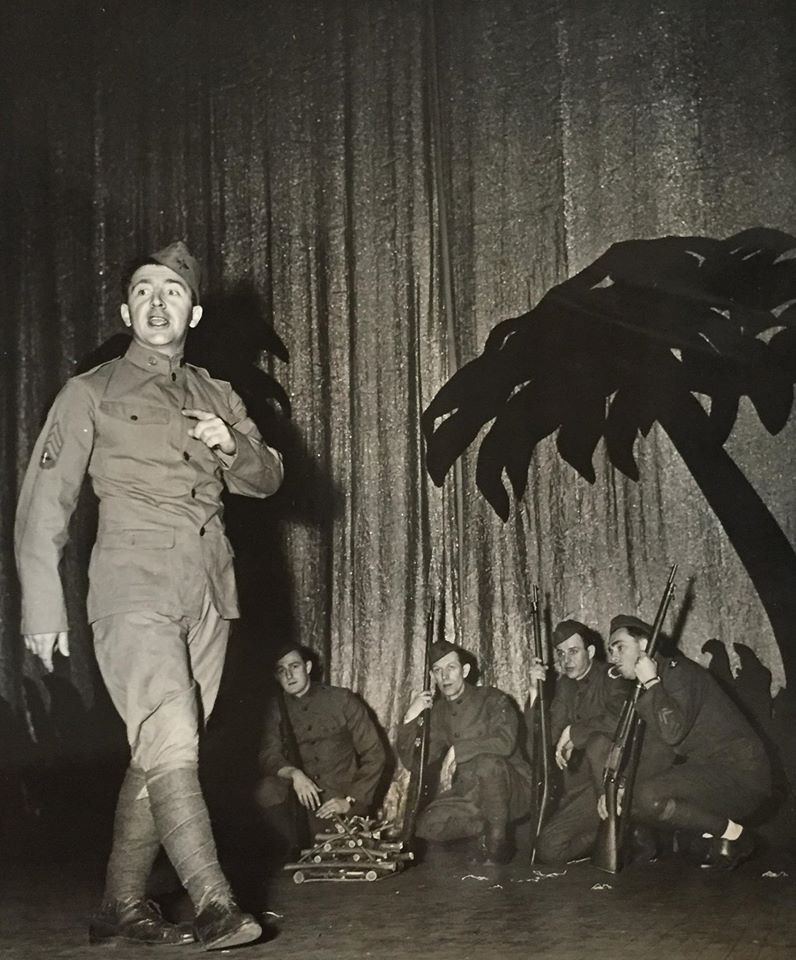
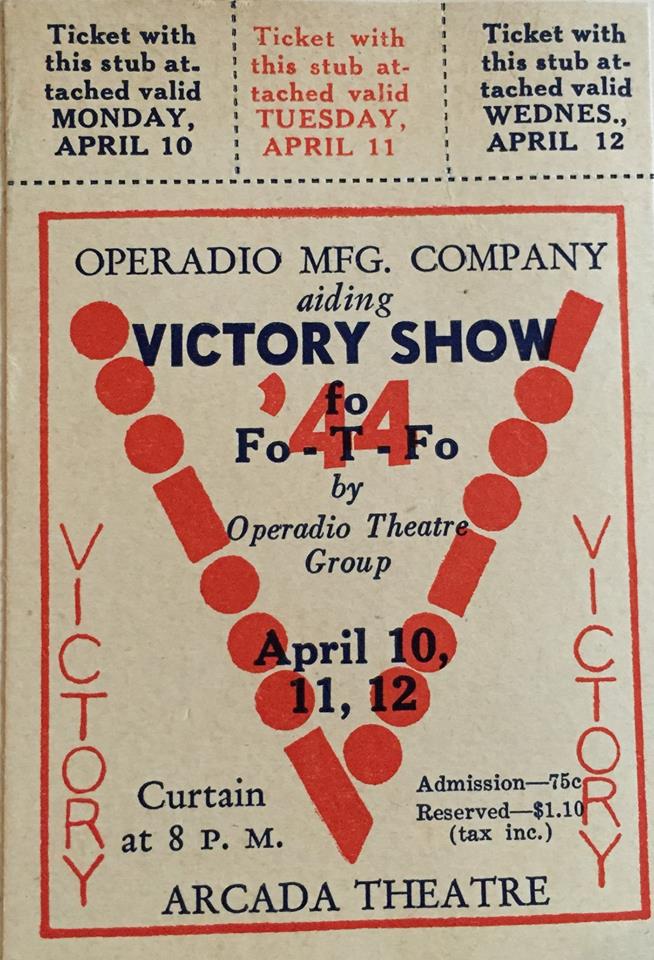
Advertisement, Operadio MFG. Company Victory Show
Advertisment
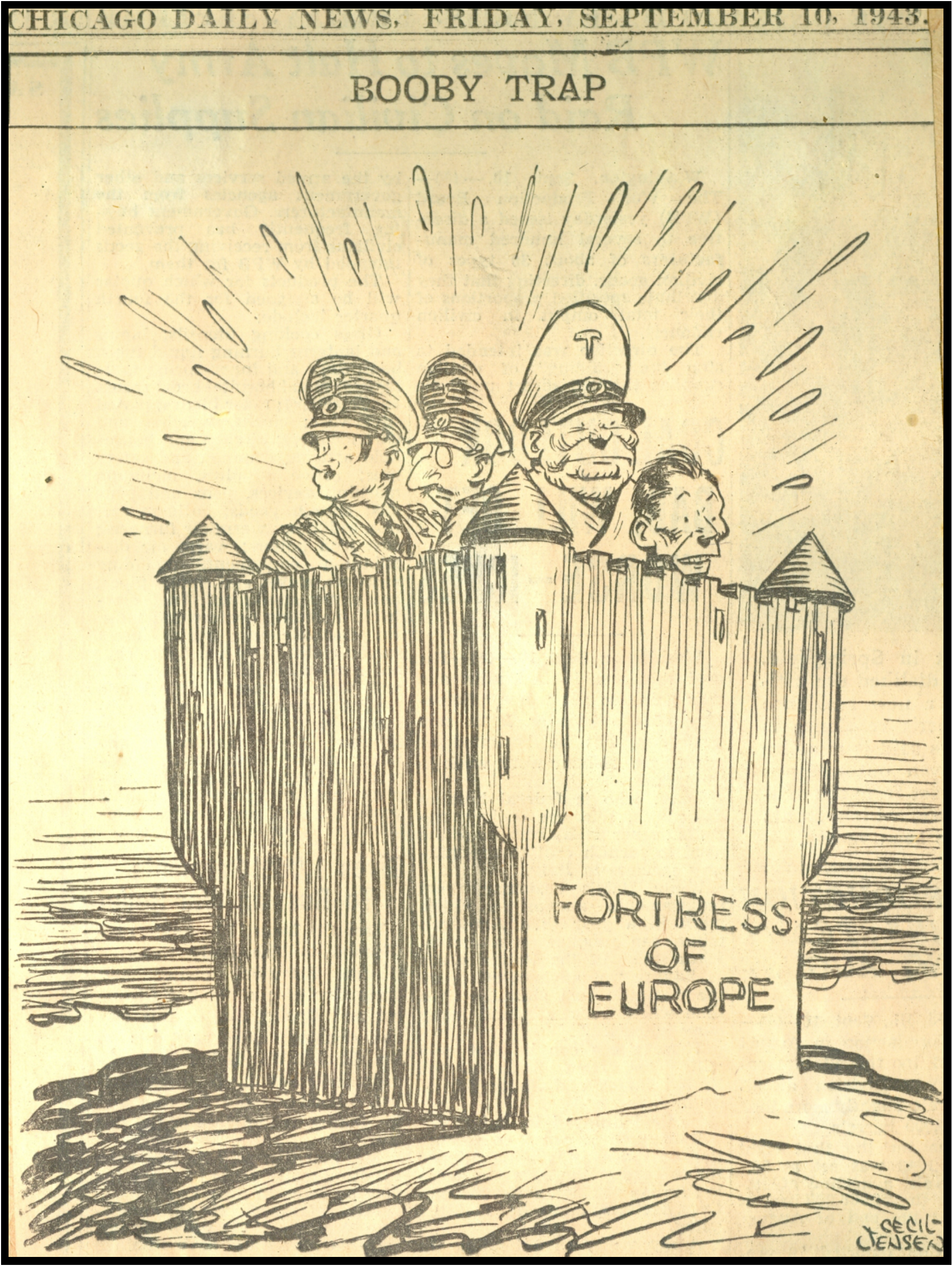
War Cartoon, "Booby Trap", Chicago Tribune, September 10, 1943
Propaganda during World War II was used to increase support for the war and commitment to an Allied victory. Using an array of media, such as newspapers, propagandists instigated hatred for the Axis powers and support for the Allies.
War cartoons such as the one below, urged the greater public effort for continuous war production and essentially persuade people. Patriotism became a central theme in wartime propaganda. Large scale campaigns launched urging the public to sell and buy war bonds, promote efficient factories, reduce ugly rumors about the war, and maintain civilian morale.
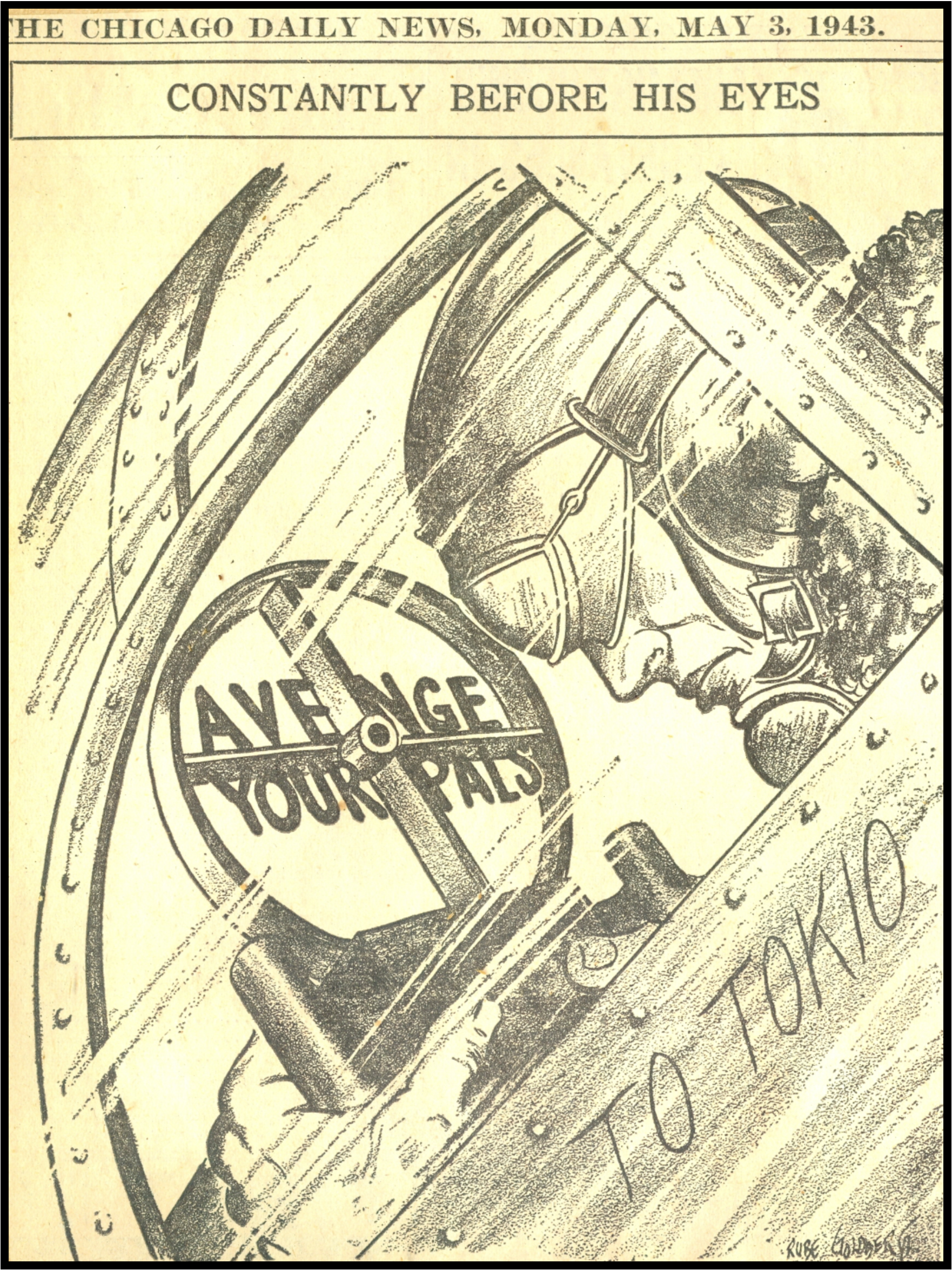
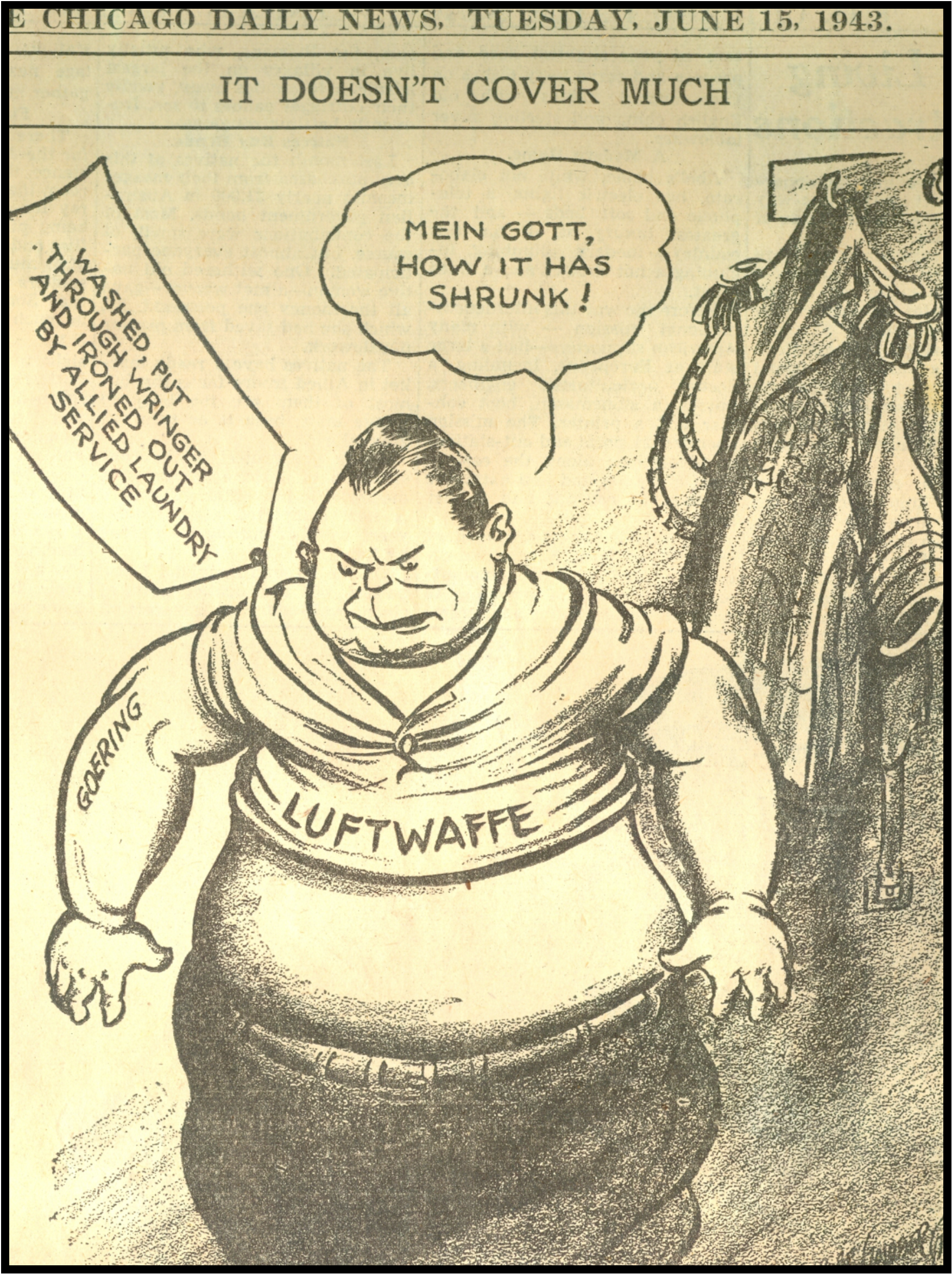
War Cartoon, "It Doesn't Cover Much", Chicago Tribune, June 15, 1943
Political cartoons produced during World War II by both Allied and Axis powers commented upon the events, personalities and politics of the war.


War Cartoon, "Constantly Before, His Eyes", Chicago Tribune, May 3, 1943
At first, the government was reluctant to engage in propaganda campaigns, but pressure from the media, the business sector and advertisers who wanted direction persuaded the government to take an active role.
Even so, the government insisted that its actions were not propaganda, but a means of providing information. These efforts were slowly and haphazardly formed into a more unified propaganda effort, although never to the level of World War.
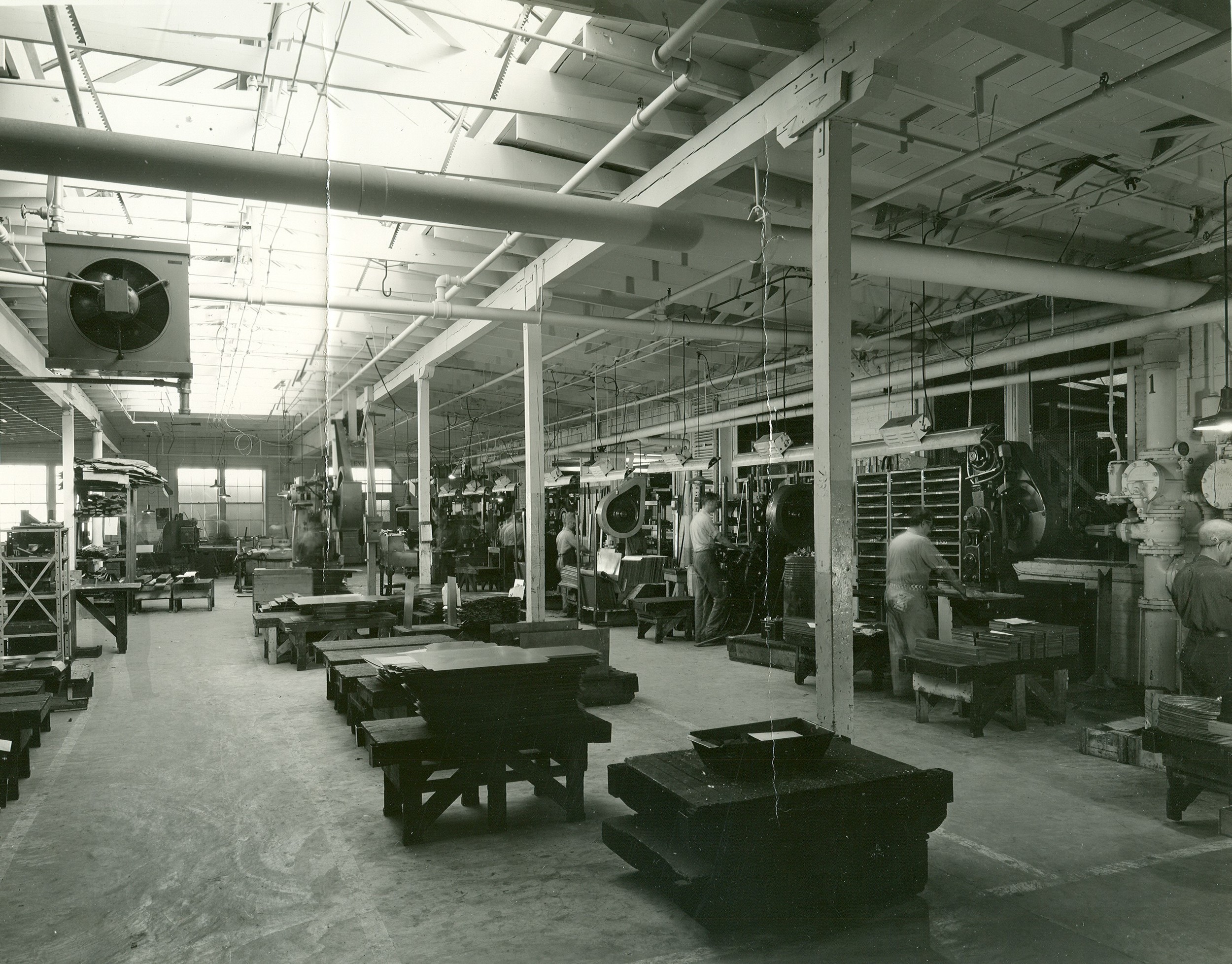
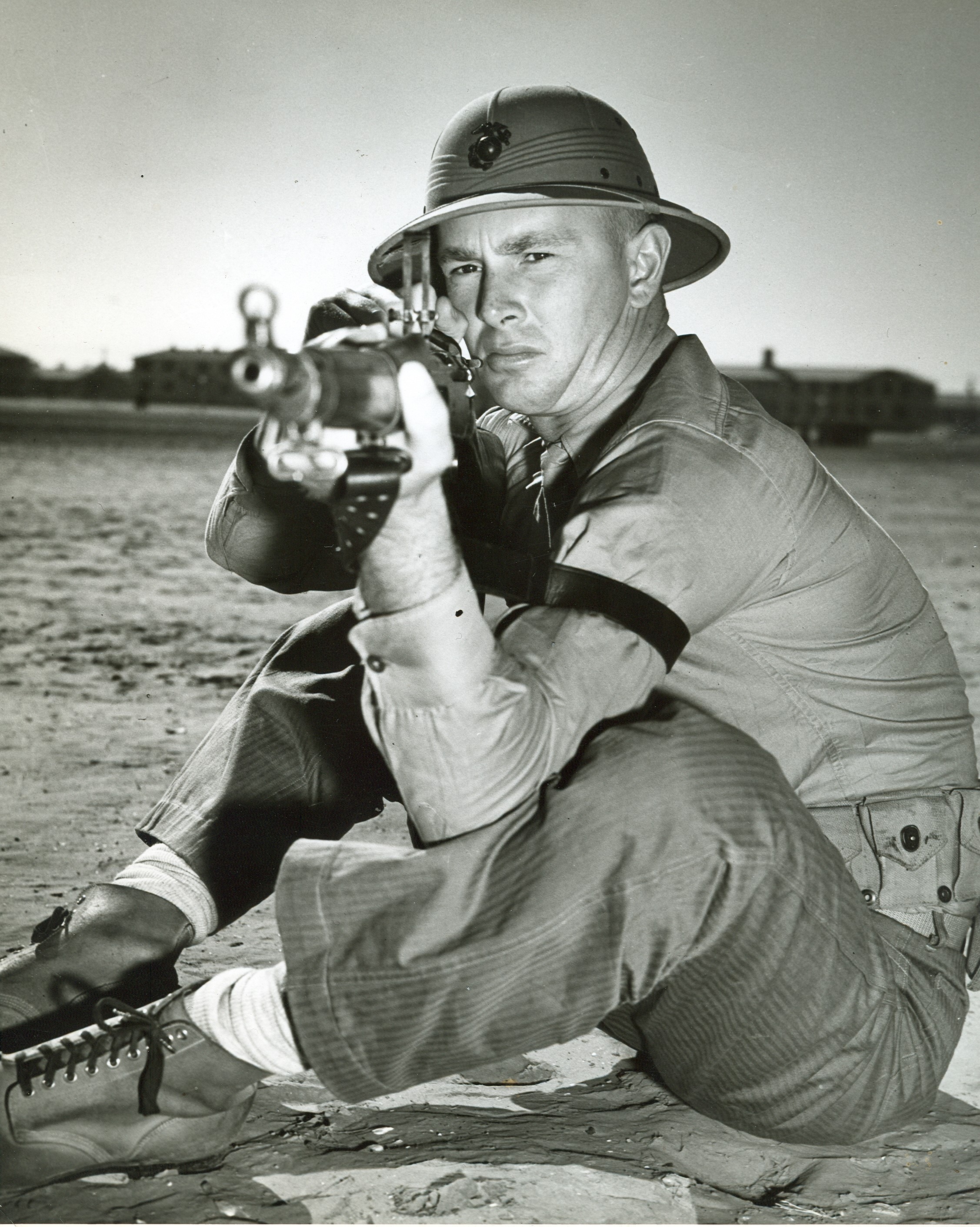
Photo of Sterling Hayden Wearing a Hawely Pith Helmet
Sterling Walter Hayden (born Sterling Relyea Walter; March 26, 1916 – May 23, 1986) was an American actor and author.
Hayden became a print model and later signed a contract with Paramount Pictures, who dubbed the 6′5″ actor "The Most Beautiful Man in the Movies" and "The Beautiful Blond Viking God." His first film, Virginia (1941), starred Madeleine Carroll, with whom he fell in love and married.
After two film roles, he left Hollywood and joined the United States Marine Corps as a private, under the name John Hamilton, a nom de guerre he never used otherwise. While at Parris Island, he was recommended for Officer Candidate School. After graduation, he was commissioned a second lieutenant and was transferred to service as an undercover agent with William J. "Wild Bill" Donovan's COI office. He remained there after it became the OSS.







































